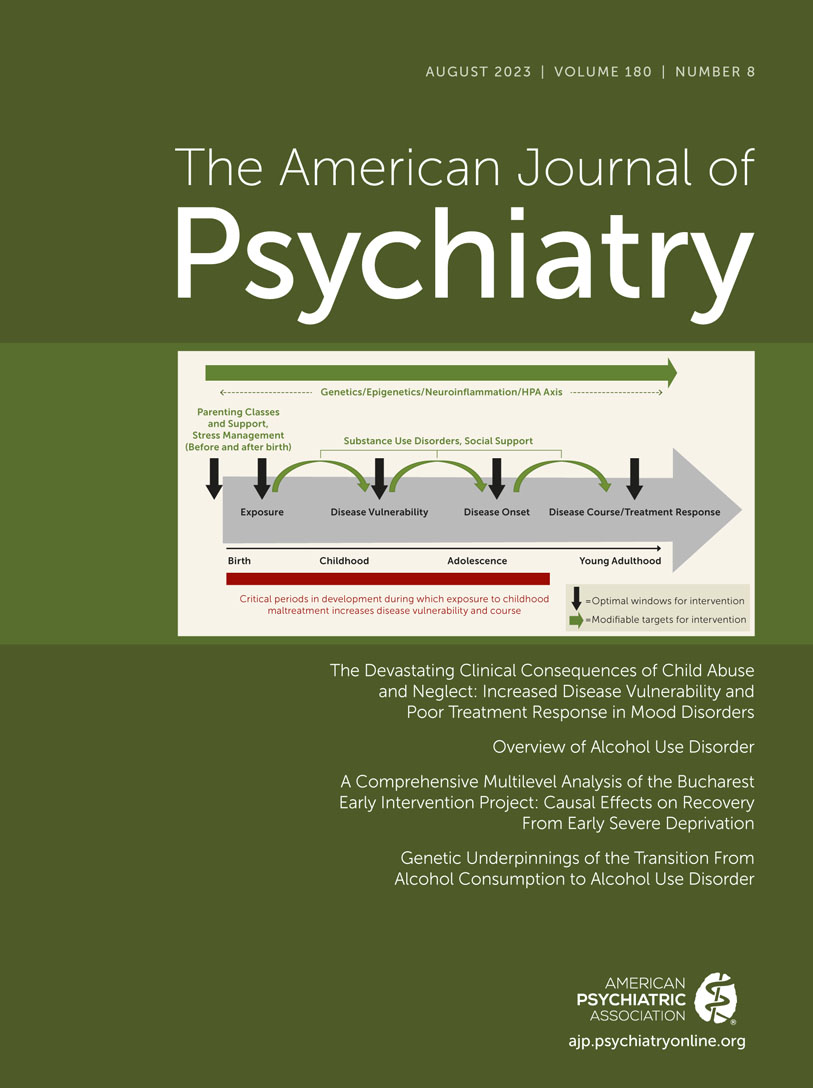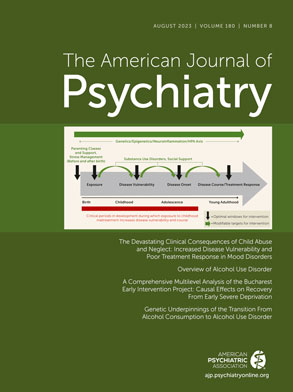The AJP Residents’ Journal is a quarterly e-publication that serves as a forum for resident physicians and fellows to share ideas and experiences in training, clinical practice, research, and careers.
Sleep Paralysis: a Brief Overview of the Intersections of Neurophysiology and Culture
Cyle Johnson, M.D.
Sleep paralysis is a parasomnia that occurs when the muscle atonia of rapid eye movement sleep extends into wakefulness and can be accompanied by intense fear and hallucinations. The primary neurophysiological processes that lead to sleep paralysis are well known and include alterations in the gamma-aminobutyric acid, glycine, orexin, and serotonin systems. Despite a universal neurophysiological basis, there is large variability in subjective experiences across cultures. Clinicians should distinguish sleep paralysis from other neurological and psychiatric conditions and consider the implications of a condition when assessing cultural factors in neuropsychiatric conditions.
Male Genital Self-Mutilation
Abby Isaacs, B.S., Kultaj Kaleka, B.S., M.D.
The authors present a case of male genital self-mutilation (GSM) in the context of methamphetamine intoxication in an individual with a history of repeated severe self-mutilation, methamphetamine and cannabis use, and schizophrenia. They discuss issues related to the epidemiology, etiology, management, and prevention of GSM to contribute to an improved understanding among psychiatric providers.
Neuropsychiatric Manifestations of Tumefactive Demyelinating Lesion
Jennifer Hsu, D.O., Amanda Plein, D.O., Scott B. Mathis, M.D.
Tumefactive demyelinating lesions (TDLs) are rare demyelinating lesions that present acutely as aggressive tumor-like central nervous system (CNS) lesions. While 70% of patients with TDL progress to develop multiple sclerosis, the presence of a TDL may also be considered an independent syndrome. Diagnosis of TDLs is challenging because these lesions may present with vague, atypical symptoms and appear radiologically indistinguishable from other CNS lesions on MRI. Patients with TDLs, similar to those with other rare neurological disorders, may present in a psychiatric setting, where these conditions pose significant diagnostic challenges. Classically, patients with demyelinating disorders, such as multiple sclerosis, have motor, sensory, cognitive, or cerebellar symptoms or focal neurological symptoms, such as unilateral vision loss. However, the clinical presentation of patients with TDLs may differ from those with other demyelinating disorders because the mass effect of the growing lesion pressing on surrounding tissues results in diffuse neurological symptoms. These vague symptoms associated with TDL, such as changes in affect or cognitive impairment, may initially be attributed to psychiatric illness. Here, we describe the case of a female patient with new-onset depression and psychosis who was eventually diagnosed with TDL.
ALSO IN THIS ISSUE
Stimulating the Brain, Healing the Mind
Howard A. Chang, B.A.
Review of Everything Is Fine: A Memoir
Ronald E. Weir, Jr., M.D., M.A.P.P.
Measures: A Medical Student’s Reflection on a Psychiatry Shadowing Experience
Brian Robert Smith, M.S.
Still Waters and Restored Souls
Justin C. Cordova, M.D.
Congratulations to AJP Residents’ Journal Editorial Board, 2023–2024

